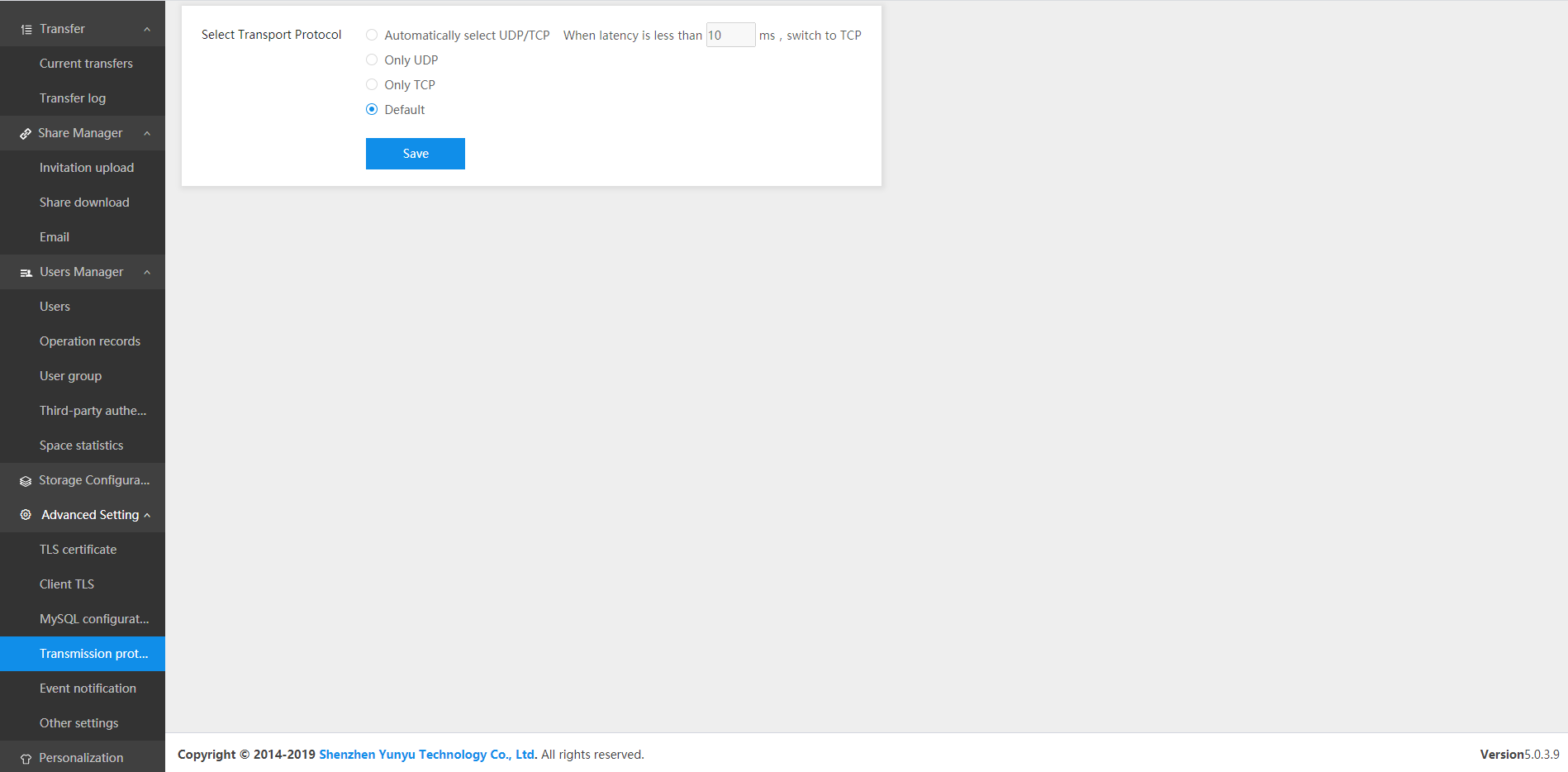Understanding the DPX File Format: A Comprehensive Guide
July 3, 2025Working with DPX Files: Best Practices and Tips
The DPX (Digital Picture Exchange) file format is crucial for high-quality image sequences in professional filmmaking and post-production. Whether you are involved in visual effects, color grading, or archival work, understanding DPX files is essential.
DPX files are renowned for their ability to store uncompressed, high-resolution images with rich color information, making them ideal for preserving the integrity of each frame in a sequence. This format is widely adopted in the industry due to its flexibility and compatibility with various post-production tools.
In this blog post, we will delve into the structure of DPX files, explore their technical specifications, and provide best practices for working with them effectively. Whether you are new to DPX or looking to optimize your workflow, this comprehensive overview will equip you with the knowledge to handle a DPX file confidently.
Understanding the Digital Picture Exchange (DPX) Format
DPX files are designed to handle high-resolution, high-fidelity image data, making them suitable for demanding post-production tasks. Key technical specifications include:
Bit Depth: Supports various bit depths, commonly 10-bit or 16-bit per channel, allowing for a wide dynamic range and precise color representation.
Color Space: Accommodates multiple color spaces, including RGB and XYZ, with support for linear and logarithmic encoding.
Resolution: Capable of storing images at resolutions up to 4K and beyond, depending on the scanning or acquisition source.
Metadata: Includes comprehensive metadata fields, such as timecode, frame rate, and user-defined data, facilitating accurate tracking and integration into workflows.
File Structure: Comprises a header section containing metadata, followed by the image data. The format supports both big-endian and little-endian byte ordering.
These specifications make sure that DPX files can accurately represent and preserve the visual characteristics of each frame, making them indispensable in professional post-production environments.
Technical Specifications of DPX
Handling DPX files requires careful consideration due to their size and complexity. Here are some best practices keeping the technical specifications of a DPX file in mind:
- Storage: DPX files are large; ensure sufficient storage capacity and use high-speed drives to facilitate smooth playback and editing.
- Software Compatibility: Utilize professional-grade software like DaVinci Resolve, Adobe After Effects, or Nuke, which offer robust support for DPX sequences.
- Color Management: Implement accurate color management workflows to maintain consistency across different stages of production.
- Sequence Handling: DPX files are typically used as image sequences. Organize them with clear naming conventions and directory structures to streamline editing and compositing.
- Archiving: For long-term storage, consider creating checksums and using archival-grade storage solutions to preserve data integrity.
By adhering to these practices, you can effectively manage DPX files, ensuring high-quality results and efficient workflows in your post-production projects.
Working with DPX Files in Practice
Handling DPX files requires careful consideration due to their size and complexity. Here are some best practices you can follow:
- Storage: DPX files are large; ensure sufficient storage capacity and use high-speed drives to facilitate smooth playback and editing.
- Software Compatibility: Utilize professional-grade software like DaVinci Resolve, Adobe After Effects, or Nuke, which offer robust support for DPX sequences.
- Color Management: Implement accurate color management workflows to maintain consistency across different stages of production.
- Sequence Handling: DPX files are typically used as image sequences. Organize them with clear naming conventions and directory structures to streamline editing and compositing.
- Archiving: For long-term storage, consider creating checksums and using archival-grade storage solutions to preserve data integrity.
By adhering to these practices, you can effectively manage DPX files, ensuring high-quality results and efficient workflows in your post-production projects.
Stop Waiting for Large DPX Sequences to Transfer - Try Raysync
Transferring large DPX sequences can be time-consuming and challenging, especially when working with high-resolution footage. Raysync offers a high-speed, secure file transfer solution tailored to media professionals with massive data volumes.
Raysync’s advanced technology accelerates file transfers without compromising data integrity, making it ideal for moving DPX sequences between teams, studios, or storage facilities. Its user-friendly interface and solid security features transfer your valuable assets efficiently and safely.
Pro of using Raysync:
- High-Speed Transfers: Significantly faster than traditional methods, reducing downtime.
- Secure Protocols: Employs enterprise-level encryption to protect your data.
- User-Friendly Interface: Simplifies the transfer process with intuitive controls.
- Scalable Solutions: Caters to various business sizes and requirements.
Cons of using Raysync:
- Initial Setup: Technical assistance may be required for optimal configuration.
- Pricing Model of this product:
- $99/month for small business:
- $699/year for enterprises.
- Customized pricing plans for large enterprises.
Wrap Up
The DPX file format remains vital in the post-production landscape, offering unparalleled image quality and flexibility. Understanding its structure and best practices for handling can immensely enhance your workflow efficiency and output quality.
However, the challenges associated with transferring large DPX sequences can hinder productivity. Implementing a solution like Raysync can alleviate these issues, providing fast, secure, and reliable file transfers tailored to the demands of media professionals.
By integrating Raysync into your workflow, you can focus more on the creative aspects of your projects, confident that your data transfers are handled with the utmost efficiency and security.
You might also like

Industry news
February 2, 2023In the process of file transfer, TCP and UDP are transport layer protocols, and their communication mechanisms are different from the application scenarios. The version V5.0.3.8 of Raysync supports the setting of transfer protocol in 4.

Industry news
July 17, 2020The Raysync under RAYWING PTE. LTD. provides high-performance, stable, and safe data transfer services for IT, film and television, biological genes, manufacturing, and many other industries.

Industry news
November 27, 2024Find the best fast file transfer software for PC free download! Discover tools for blazing-fast transfers, secure backups, and seamless data migration for individuals and businesses.
.png)